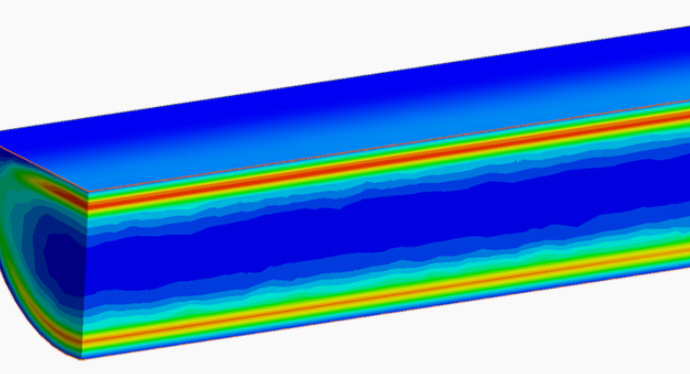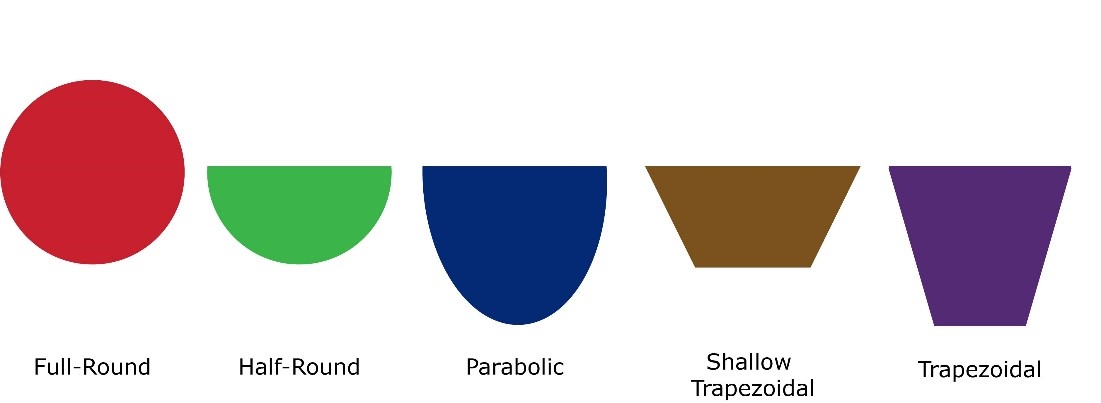
Torsten’s Training Tip: Cold Runner Types and Designs
As part of our weekly blog rotation, we will be including some technical tips intended to be useful for you in the world of plastics processing training. For instance, this week, we feature a piece of information on cold runner design from Kruse Training.
Cold runner systems are an essential aspect of mold design. By optimizing cold runner shapes and sizes, critical molding processes such as pressure drops, polymer shearing, packing and cooling behavior, gate sealing time, and overall cycle time can be more efficient.
Cold runners are unheated channels that transport molten polymer material from a machined cylinder through the nozzle body and nozzle tip to part that will be molded. The cross-sectional shape of a cold runner influences overall material flow. A small cross-section increases the pressure drop, flow velocity, shear rate, shear stress, and shear heating. A larger cross-section has inverse effects. Taking this into account, it is essential to understand the material properties of the polymer to be molded, precisely viscosity, thermal behavior, and shear sensitivity, so the gate and runner sized can be optimized.
When a polymer fills a cold runner, the required injection pressure increases. Once the material reaches the gate, it gets compressed inside the cold runner before flowing through the gate. When the gate is smaller, the compression of the polymer is higher, so the shear rates and potential pressure spikes will be higher as well. In addition to small gates, sharp edges inside the cold runner can increase shear rates and potentially lead to shear-induced fill imbalances.
Here are several common runner shapes. It is crucial to understand how the different shapes and sizes affect the material flow, injection pressure requirements, filling velocity, shear rates, and temperature.

For more information on this subject as well as available training courses from Kruse Training, please visit: www.krusetraining.com
